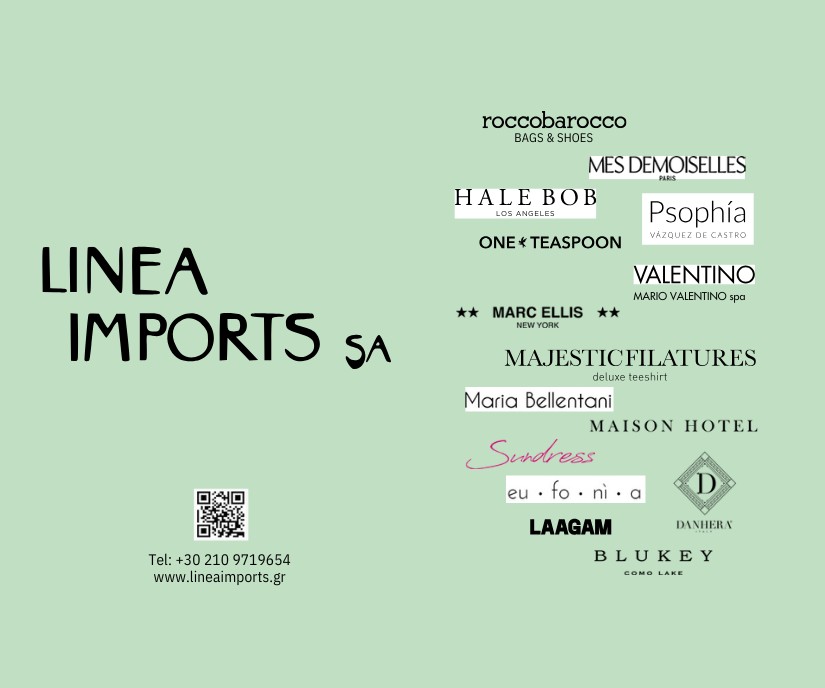
ARTICLE BY MICHALIS MARCOS, MBA*
EXECUTIVE OFFICER,
BUSINESS CONSULTANT
& PROFESSOR OF BUSINESS ADMINISTRATION/MARKETING
(Part C)
The Stops & Movements of the Hands/Foot
Their legs and limbs are an important source of information about someone’s mood, because most people don’t realize what they are doing and would never think of faking certain movements, as they do with their facial expressions. The way a person uses their feet and legs reveals where they want to go, i.e. it shows how much they want to continue or leave a conversation. Legs open and not crossed reveal a receptive or authoritarian attitude, while closed and crossed legs reveal caution or uncertainty.
…when one foot touches the other during a date it shows enthusiasm.
A person may appear composed and calm, while at the same time one end of the foot may be nervously tapping the floor or throwing small, sharp kicks in the air, revealing their frustration at not being able to escape. A quick movement of the foot indicates an impatient, frightened and nervous person. When someone slowly changes his feet to cross-legged, perhaps, he is bored with the conversation. Of course, when one foot touches the other during a date, it shows enthusiasm. Also, the direction of the feet determines the direction of our interest. So, if the other person’s legs are pointing towards us, then they definitely care about us, whereas when someone is standing with their legs together, they are showing anxiety, as their posture indicates that they need protection. The same happens when one sits in the chair, squeezing one’s knees.
In general, there are 4 basic standing postures, which are the attention posture, the open-legged posture, the one-legged forward posture and the cross-legged posture.
In the attention posture, the person shows a neutral mood, with no desire to stay or leave. In the open-legged stance – used predominantly by men – the legs are firmly rooted to the ground and is usually accompanied by the display of the thumbs of the person using it. It is a signal of dominance and self-confidence. In the one-foot-forward position, the person using it shifts all of his or her weight to the hip, leaving the front foot facing forward. Attitude has two meanings. If there is interest, the foot turns towards the person we are talking to, otherwise it looks towards the nearest exit. Finally, in the cross-legged pose, it means
that there may be a negative or defensive mood. The purpose of crossing the legs is an unconscious attempt to protect the genetic area. There are two basic cross-legged postures, the standard posture and the crossing in the form of the number four, which indicates that there is a competitive or fighting mood.
As far as the hands are concerned, because we usually hold our hands in front of our body, these signals are easily visible and most of us have specific positions for our hands that we use all the time. Clenched hands indicate a reserved, anxious or negative attitude. Research shows that clenched hands indicate that the person is trying to hold back a negative or stressful situation. On the contrary, stretching the hands forward with the palms down indicates certainty in the answers you will give as a speaker to the audience or to your interlocutor, while hands with the palms up indicates sincerity. In particular, the sincere ones will hold one or both palms open towards the other.
A good way to change the balance in a conversation is to ask some questions.
The crossing of the hands means barrier, defence, need for self-protection, counterattack, indifference, uncertainty, nervousness, blocking the words of the interlocutor, habit and together with lowering of the head indicates categoricalness. With our arms crossed at chest level we effectively close any channel of communication with our interlocutor and block or protect our heart from indirect beats. A good way to change the balance in a conversation is to ask some questions. He will be forced to change his attitude and come towards you.
Also, when our interlocutor is seated with one hand on the waist and the other on the face, with the index finger resting on the cheek, the other finger covering the mouth and the thumb supporting the chin, we realize that this is a highly critical attitude, which is indicated by the hand positions and the chin tilted downwards, indicating hostility. The message is simple: “I don’t like what you say and I will never agree with you.”
Finally, regarding handshakes, although they last very little (usually 2-3 seconds) they can reveal a lot about us and our personality.
People who use the handshake where the palm faces upwards show that they are giving up control, which indicates that you are giving the other person control or allowing them to have the first say.
This form of handshake is called the submission handshake.
It usually comes from people who are easily frightened and indicates an insecurity.
In the dominance handshake, the person who wants to show that he or she has the upper hand in the subsequent conversation or acquaintance, gives the hand with the palm facing downwards, while when two people who have mutual regard for each other will perform the handshake of equality where both hands are in a vertical position equalizing the strength of the other’s handshake.
However, there are other forms of handshakes such as the cold handshake that is usually created when we are stressed.
As a result, the blood in our palms is drawn away from the skin cells and they lose temperature.
Result, cold and sweaty hands. Also, the double handshake, when we shake the palm of each other’s hand with both hands, signals trustworthiness and sincerity, while a loose or lifeless handshake causes dislike, lack of interest and is associated with weakness of character.
There is also the handshake with excessive clenching of the palm, which indicates that the person opposite us is particularly aggressive, and does not miss the opportunity to impose on others and subdue them. Finally, when we shake hands with our right hand while our left hand shakes the arm or rests on the other person’s shoulder, we show that we feel intimate with that person and that he or she is very endearing to us.
Michael Markou, MBA
Mr Michalis Markou, MBA is the instructor of the successful experiential seminar “Body Language” which he has been conducting for 12 years in various educational institutions and organizations, having trained hundreds of students and business executives in the importance of Body Language in professional and interpersonal relationships and what are the correct techniques for decoding it.
Mr.Markou is a Consultant/Scientific Partner of the FCA Group (FCA Capital Hellas-FCA Bank) with more than 19 years in the automotive/financial services sector in various managerial positions, either in the FIAT Group (Fiat Credit/FGA Capital Hellas) or in the CREDIT AGRICOLE Group (Emporiki Rent). At the same time, he has worked as a professor of Business Administration & Marketing, in the largest educational groups in Greece (NYC, ALFA, AKMI, DELTA, DOMI, DIDACTA, etc.).
He is a certified adult trainer (EOPPEP & OAED), a Consultant of Professional Counselling of the Institute of the Association of Greek Tourism Enterprises (INSETE) and previously he had served as Deputy Director of the Institute of Tourism. member of the Board of Directors of the National Centre for Public Administration & National Council of the National Council of the National Council of Public Administration and Local Government (EKDDA).
He holds 2 postgraduate MBAs (Master in Business Administration) from the Higher School of Commerce of France
(ESCEM Business & Management School) and the Open Hellenic University (Hellenic Open University), while he also holds a degree in Business Administration from the UK.
His articles on topics related to Business Administration, Sales, Marketing and Human Resource Management have been published in various prestigious magazines & sites.



















